No place for workers to live? Whidbey Island town aims to fix that
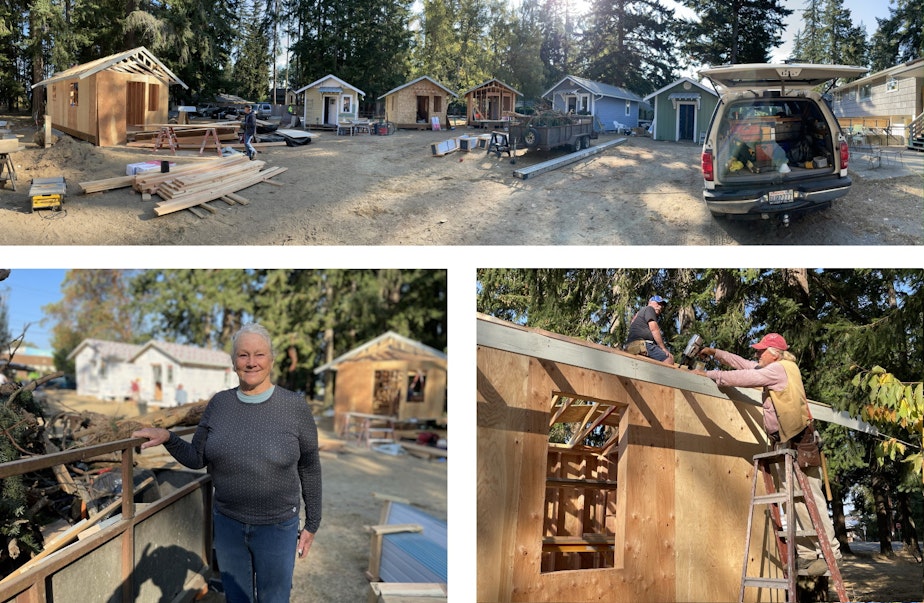
In recent years, the small Whidbey Island town of Langley has rolled out a slew of zoning reforms, meant to encourage the production of new homes.
It offers a model for the rest of Washington state.
But it's also brought up big questions for residents about what they want their community to be.
In Langley, Washington, on Whidbey Island, there sits a cluster of nine tiny homes. They’re all on the same piece of property. And right now they’re only about half built. But they’re cute.
They’re gathered around an open space in the middle. It kind of feels like a circle of covered wagons on the Oregon Trail.
Deborah Hedlund is helping to build them. She gives a tour of the one that’s furthest along.
“It’s a complete kitchen with an oven," Hedlund said. "It has a shower and complete bathroom. And this is the bedroom. And a queen-sized bed will fit in here. Or you can put in a bunk bed if you have a kid.”
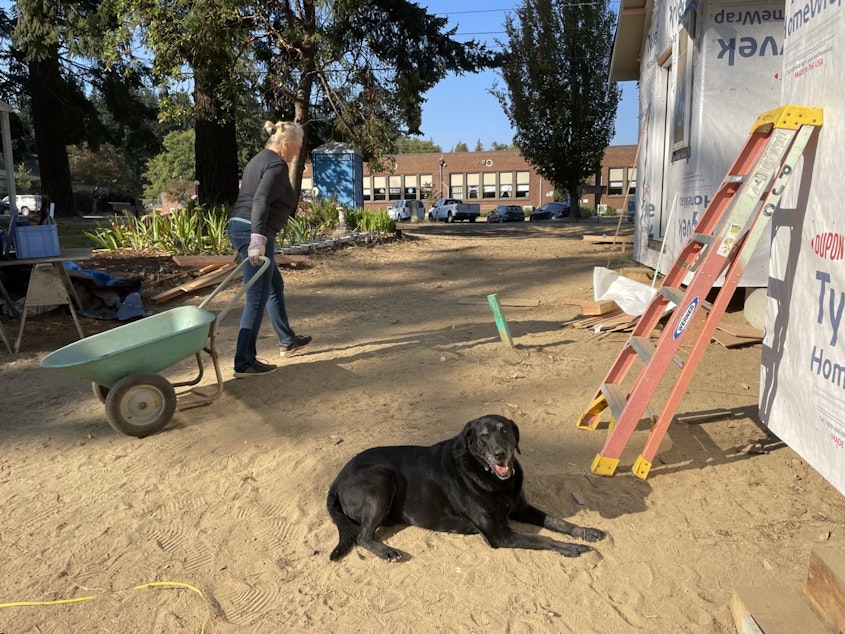
Sponsored
Hedlund’s a retired judge and a volunteer with a group of churches that are building the tiny home village.
They’re kind of like the tiny houses you’d see in a homeless camp in Seattle, but about 2.5 times bigger, and built to last with concrete foundations. She says Langley is facing the same problem as lot of Washington – a shortage of workers.
“So the people that wash our dishes and serve us food can’t afford to live here,” she said. “And we thought that was criminal. And there are all kinds of businesses that have closed, because they can’t get workers. And the ferry has gone up, so commuting is not a great option.”
But, Langley’s response looks different from most other parts of the state.
Langley sees the worker shortage as a housing problem. The average rent is way too high for people earning $15 to $25 an hour.
Sponsored
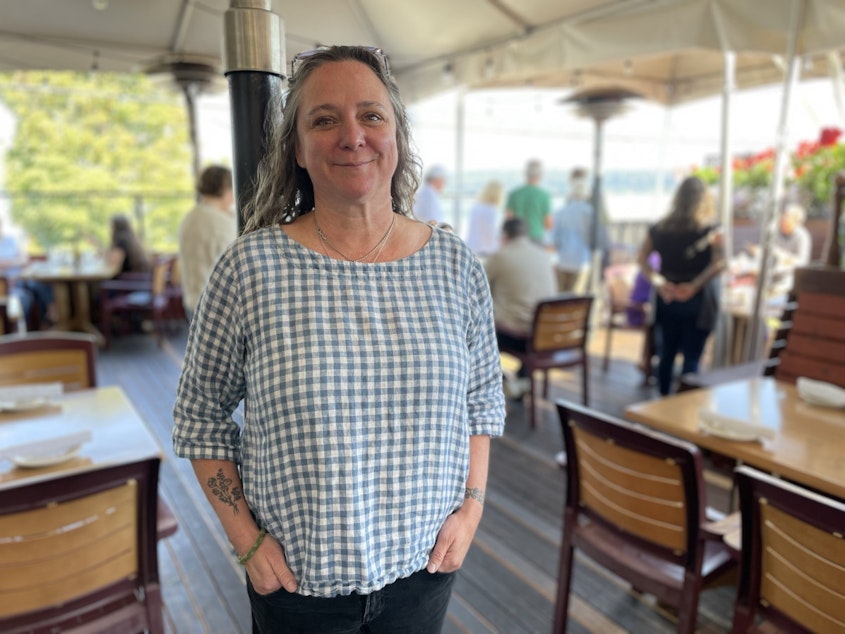
"Restaurants in general are really struggling. But I think here on Whidbey Island in Langley, our biggest barrier is the housing, lack of affordable housing for the workforce," said Jenn Jurriaans, owner of two restaurants and a bakery in Langley.
These tiny homes are a small part of the solution. They’re possible because of a slew of zoning changes the city rolled out in the last few years.
These changes have a lineage that can be traced back to an idea that’s been developing in Langley for 30 years: That homes are getting too big, and maybe we could live comfortably in smaller homes if we had strong communities around us.
How Langley fell in love with cottages
So here’s a quick historical sidebar.
Back in the 1990s, Langley tried an experiment. They allowed cottage-style developments.
That style of development was inspired by an old 1916 project in Seattle called the Pine Street Cottages, a collection of postage-stamp sized cottages arranged around a central courtyard. You can still visit them.
Sponsored
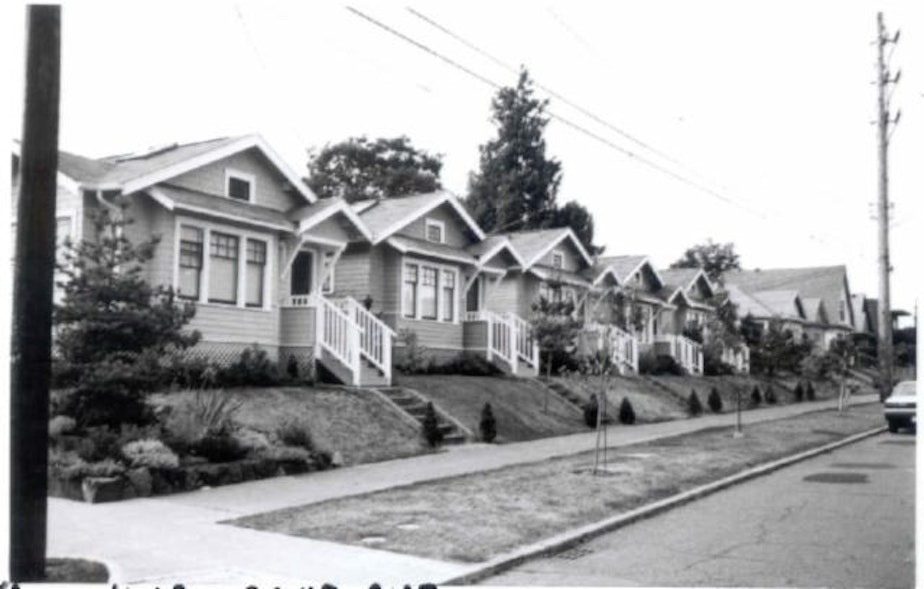
These are a common sight in Los Angeles, for example. They’re called “bungalow courts” there, little houses that share yards and are much closer together than your average single-family home. Charlie Chaplin built several of them. But they were mostly built in the early 20th century, not in the 1990s.
So Langley made it legal to build those cottages, and a Langley architect named Ross Chapin designed the first one.
Sponsored

It got a lot of press, because it’s different. At a time when American homes were getting bigger and bigger, the small homes bucked the trend and seemed cute. And the tiny little park in the middle gave the development a sense of community.
The project made Langley famous... at least among urban planners.
“I guess we were really kind of paving the way for the cottage housing development – we were one of the first communities in the country to do our cottage housing code,” said Meredith Penny, the community planning director with the City of Langley.
The changes were made long before Penny came to her position. But she still gets inquiries around the country, from other planners, asking how it is implementing the cottage code, and what lessons she has learned.
Langley also allowed accessory dwelling units and made a few other changes that increased density. But these changes were not enough to bring down the cost of housing to a level that people working in Langley could afford.
Sponsored
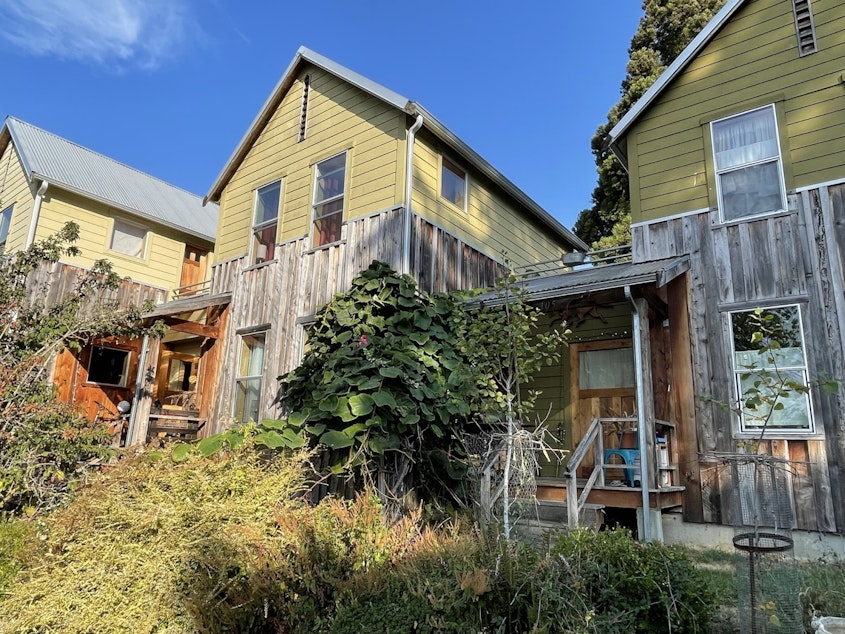
Density brings down the cost of housing, or at least constrains the rise in housing costs. Scientific research on the topic is fairly settled. But the findings are hard to accept because they go against what we see in front of us every day.
High demand, low supply
The problem we face all over this region is that for years and years, we’ve added jobs faster than we’ve added homes. And so, even though we’re adding density, which spreads the high cost of land across more people, prices continue to rise dramatically.
On Whidbey Island, this problem is amplified even more.
Inge Morascini, the head of the Chamber of Commerce in Langley, says the reasons are many:
- A lot of people are retiring there.
- A lot of people have second homes there, or have moved there permanently to work remotely for tech companies.
- About 3 percent of the homes there have been converted to Airbnbs.
- And finally, climate refugees are moving there.
“We have a great many people coming from California, because they’re escaping areas that are becoming uninhabitable, or becoming difficult to inhabit,” Morascini said.
One of the guys helping build the tiny house village in Langley lost his home and his tools in a California wildfire and moved to Whidbey Island. He drove past the tiny house village site one day, stopped to ask about the project, and signed up as a volunteer.
All these people coming to Whidbey Island compete for housing with people in Langley earning $15 to $25 an hour. That’s taken what used to be inexpensive housing off the table.
And meanwhile, Whidbey Island is barely building any new housing, in part because there are very few places that have a sewer system. Langley is one of the few spots that does have a sewer.
Retirees, remote workers, vacation rentals, Californians – that’s a lot of people competing for that infrastructure and space.

Jasper Hein is a manager at the Saltwater Fish House and Oyster Bar in Langley. He makes about $75,000 a year. He and his wife are living in a trailer on his parents’ property.
They had wanted to buy some land and settle down, but they can’t find a place they can afford.
“You know, there’s this lifestyle of living in a tiny home, or in a trailer," Hein said. "And it seems so cool and my wife and I often say, ‘Sure, buy a trailer. It will be fun, they say.’ But it also has its difficulties, I would say.”
For example, he frequently has to fill a 35-gallon tank full of sewage and wheel it over to his parents’ septic system.
“And you question your sanity sometimes when you’re doing that every single week,” Hein said.
Then there’s the fact that he’s been married for eight years, he’s 37 years old, and he’s essentially still living with his parents.
“But it’s also allowed us to stick around,” he said. “Because otherwise I would have been priced off the island, I would have been one of those people that said, ‘We can’t live here, there is no place for us to live and there goes… I think I’m a pretty good asset to our community here. And unfortunately, it’s a tough place to stick around.”
Hein provides a necessary service as part of the restaurant industry. His family lives nearby. Plus, he was named Mr. South Whidbey in a male beauty pageant in 2021. It was just a goofy fundraiser, but it highlights the fact that strong family and community connections aren’t enough to make someone feel they belong.
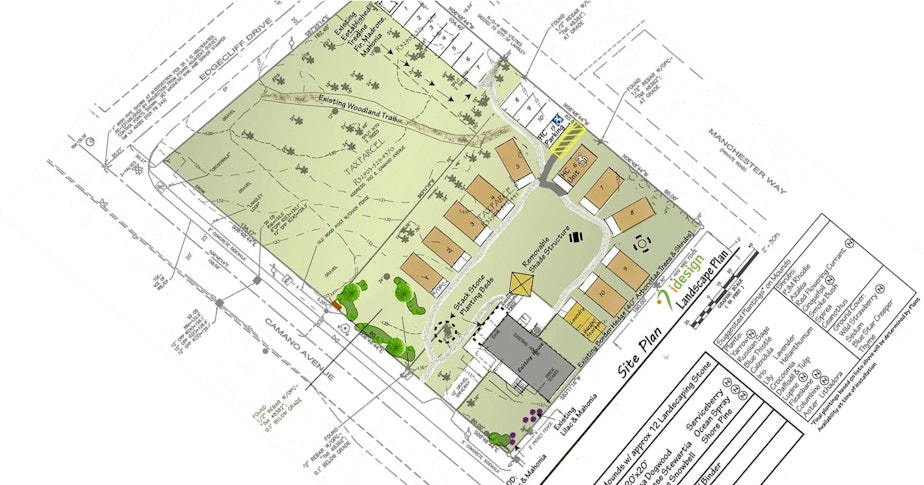
Beyond cottages: Langley’s recent response to the housing crisis
In recent years, Langley started expanding on the idea of cottage developments, and began allowing a wider range of sizes of buildings around shared open space. The tiny home village under construction is an example of that. At the request of the churches behind this development, the city updated the cottage code to allow tiny homes. Because the homes are so small, they’re less expensive to build. The code allows 10 of them on the same property.
But that’s not the only change that Langley made. Another recent change to the zoning – again, inspired by the cottage development model – lets you build a collection of small apartment buildings around a shared open space.
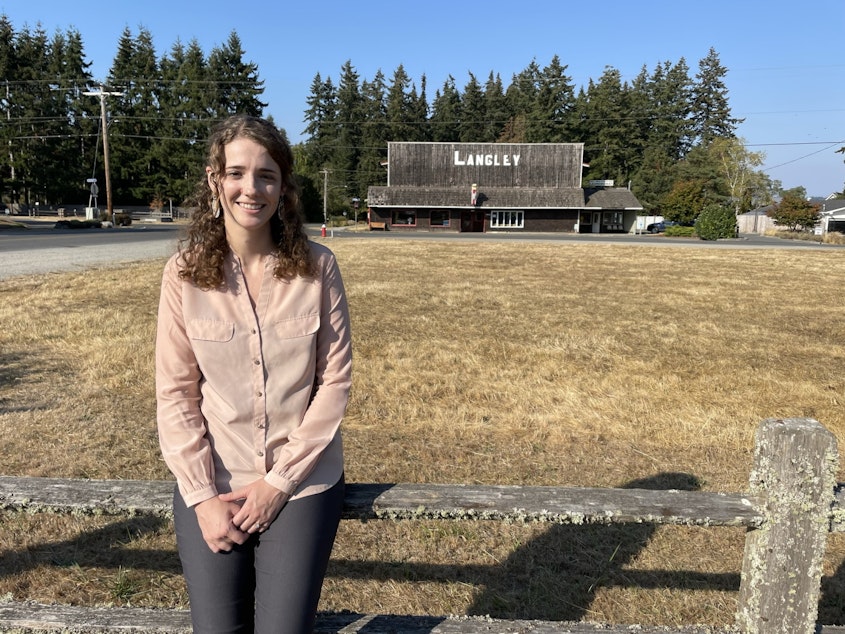
Meredith Penny, the head planner in Langley, describes a piece of property that’s probably going to be developed under the new zoning rules.
It’s a grassy field across the street from a laundromat. She explains what the old and new rules make possible on that land.
“So under the old code, with the two parcels, you likely could have done a duplex on each of them with an ADU behind. So you’d have maybe six units” on two 5,000 square foot parcels, Penny said.
“And under the [new] multifamily infill code, you could probably get closer to 12 to 15 units," she said. "We allow townhomes, duplexes, triplexes, and then it goes more dense, multifamily houses, multifamily courtyard.”
They’re allowing this on land that was previously zoned for just single-family homes. That particular law recently earned Langley a “smart growth award” from Washington’s governor.
“Folks are realizing that we need to house more people here – and how can we do it in our city limits on existing infrastructure in a way that’s more sustainable,” Penny said.
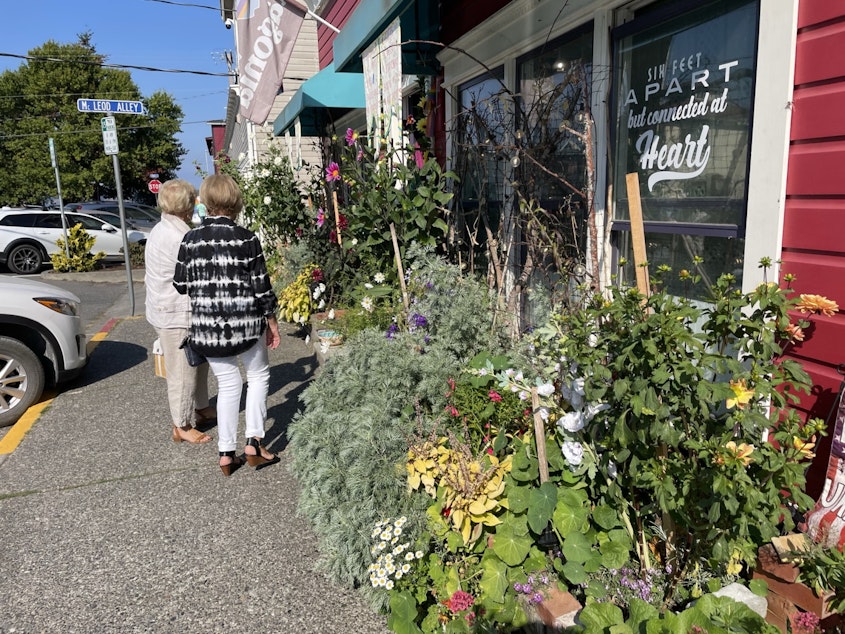
Density alone is not enough to create affordability
At the tiny house village, the homes are affordable because the area’s churches have subsidized their cost. Residents will pay no more than a third of their income on rent.
And that grassy field where up to 12-15 homes could go – Penny says the nonprofit organization that plans to develop the site intends to put 100% affordable homes there.
These projects are affordable because someone is helping make them affordable. Without the aid of these nonprofits though, they would not be affordable.
That’s because there’s a painful truth in Langley, and in communities all over our region. And that is, for all the density you add, demand is far outstripping supply, and material and labor costs are still rising.
This leaves us with a big problem: The free market will not build homes that are affordable enough for people making $15 to $25 an hour.
This is something the Langley architect Ross Chapin has become obsessed with lately, how to make homes at a big enough scale that they can be affordable for workers with modest incomes.
Chapin says it's not only low-income workers that cannot afford to buy homes in Langley today. It's people earning up to 150% of area median income.
So is he saying you have to be rich to buy a home in Langley today?
"Absolutely," he said. "And I wish it were different. I’m just exasperated when I find: We can’t build small, simple, beautiful homes, for regular folks. Langley is really working at filling out the toolbox with approaches to help crack the nut. It’s just that it’s not enough.”
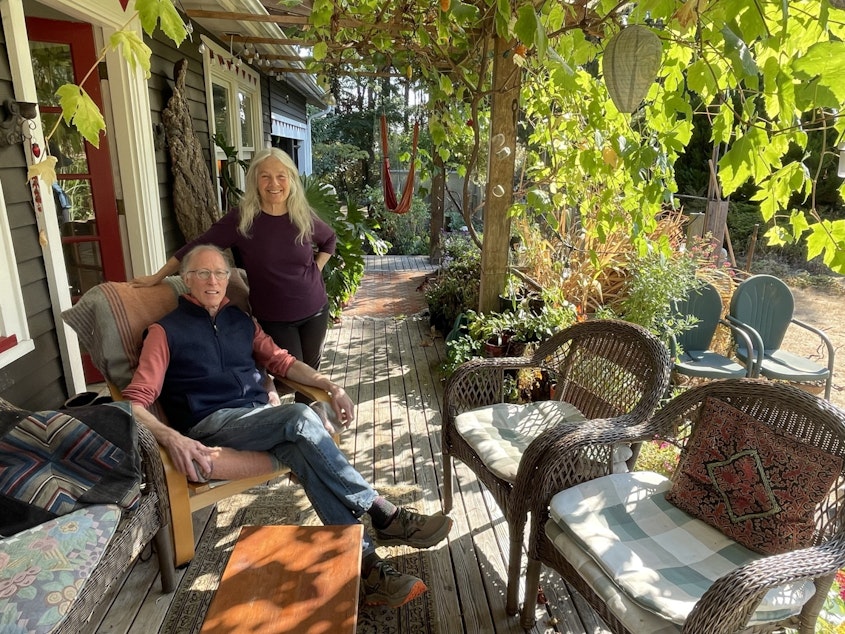
Chapin says to drive down the cost of living further, we need to combine density with subsidies, using financial structures like Community Land Trusts. These are nonprofits that absorb the high cost of land so that homes can be less expensive.
This new quest has led Chapin to become involved with a development project called the Coles Valley development. It could add 160 homes to Langley, which is huge, for a town of 1200 people. Assuming average households of two people, that would add over 25% to the population.
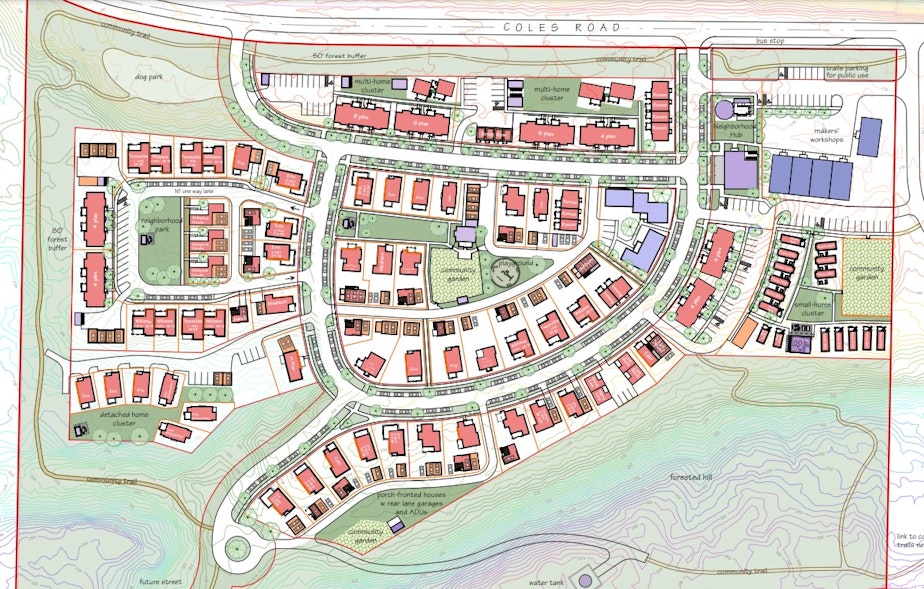
The Coles Valley project would be built under yet another new addition to Langley’s zoning code that allows greater density on larger parcels. By law, that code requires at least 30% of the homes to be affordable. The developers have said a community land trust could help them goose that number up to 51%. But the scale and impact of that development has divided the town.
“It’s tearing at the heart of our community,” Chapin said.
A skeptical public
At a public hearing late last year, neighbors lit into the project.
- “I suspect strongly that this utopian low-income stuff is just a front, a window dressing for what is going to be a rich person’s enclave.”
- “I suspect there will be quite a bit of noise from trucks and so forth, and I don’t want to spend these 10 years [while the project is being built] in discomfort.”
- “I can’t believe that that property can support that number of families.”
- “Is this the right place and location for workforce housing, low-income housing? They’re talking about low-income housing over by Bayview… that seems like a much more appropriate location than this particular location.”
In these comments, you can hear a fundamental distrust, an environmental concern for the land, and skepticism about the benefits of density, which is understandable since the region has spoken about adding density for years, but until recently, costs have continued to rise (and the recent slight retraction does not offset years of astronomical cost increases). These concerns are similar to those heard all over the region, when density increases.
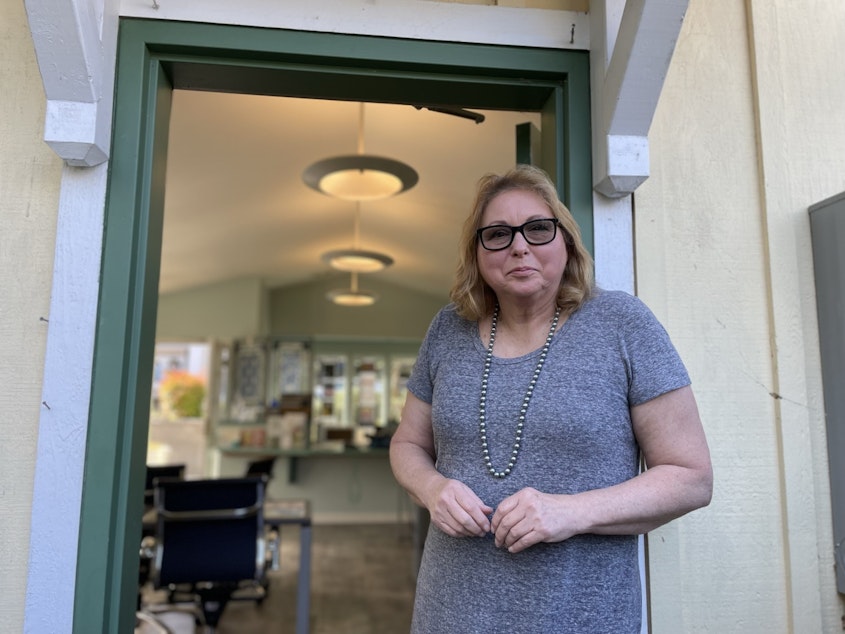
Looking for a vision
The head of Langley’s chamber of commerce, Inge Morascini, says Langley, and Whidbey Island in general, are at a crossroads.
“I think we, as citizens and the county government… have to decide – What are we? Where are we going?” she asks. “Are we trying to protect a rural area? Are we becoming something else? If we’re becoming something else, what does the plan look like? I don’t think there’s a materialized plan, a materialized vision, of what this place looks like in 50 years. Or even in 20 years.”
Langley has added a lot of tools to its tool belt, which allows a little more density. But Morascini says we need to do more.
She says Langley could annex more land. Or it could build housing on land in the city that’s currently reserved for the Island County fair.
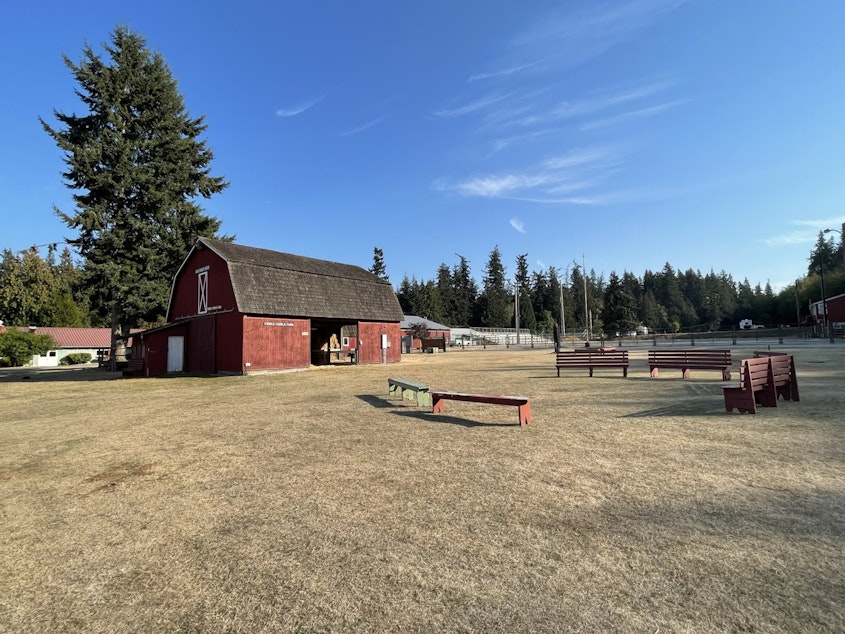
She says Island County could step up and build more sewer lines along the highway, and develop affordable apartment buildings out there. And she says people need to open their minds to change.
“The people that are change resistant already have their piece of the pie, as it were,” she says. “They may have to suffer from not having restaurants exactly when they want them, or they may have to suffer because their local store closed. But at the end of the day, they’re not the ones suffering the most.
"I come from Europe, so it’s a different mindset. I think in America, I find the idea of land and property is tied up in someone’s idea of their worth. You know, so I own this, I’m putting a fence around this, do not trespass past this is a very American idea. And I think we, not to run down a political path, but I think we need to decide what’s good for all of us, and not so much what’s good for the individual.”

For a long time, Langley has been experimenting with modestly sized homes and denser development. And planners everywhere have watched Langley, to see how these experiments work.
As the housing shortage has grown in our region, Langley has expanded and pursued some of these strategies more aggressively. Skeptical residents are thinking through how to respond. Some are channeling their energy into strengthening the affordability requirement for developments in Langley.
And as before, people around the region, especially planners, will be watching Langley to see what they can learn.





